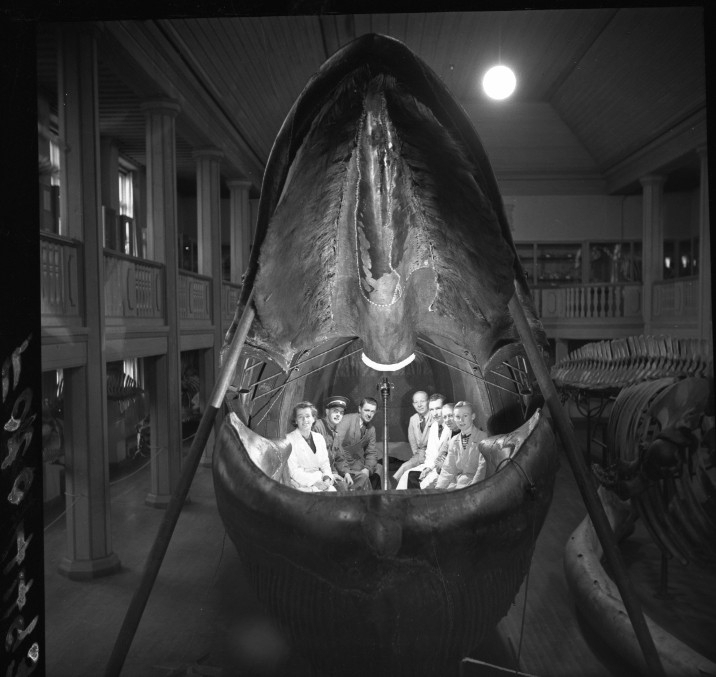Audio
Whalefall (2025)

Deep below rising sea levels, whales sing to one another across hundreds and sometimes thousands of kilometres. But whales’ voices are changing and so is the way they speak to us. Their songs shift as they cross the oceans. Their pitch is moving downward, perhaps to be heard in an ever noisier seascape.
Whalefall, made in collaboration with Miyuki Jokiranta, listens to the stories of leviathans, mythic and real. These giants of the deep swim through our imagination, as sea monsters to be feared and tamed, the power of the state as conceived by Thomas Hobbes, and echoes of natural beauty. We hear the whales’ calls echo, field recordings played back, their envelopes followed through modular synthesis.
Pitch bends with depth and pressure and sub bass shudders as we dive deeper. We stumble into a haunted ballroom in the belly of a whale, before falling to the ocean floor. The leviathan, it turns out, is human.
With the voices of: Rebecca Giggs, author of Fathoms: The World in the Whale Dr Alexandra Chadwick, Editor-in-Chief of the Hobbes Studies Journal Dr Kennet Lundin, Senior curator of the Gothenburg Natural History Museum
Thanks to the Cornell Lab of Ornithology | Macaulay Library for the use of their archival recordings, recorded by Donald K. Ljungblad, Paul J. Perkins and Paul O. Thompson.
The program was made for ORF 1’s Kunst zum Hören.
Thanks to Elisabeth Zimmermann at ORF.
Image: The Malm Blue Whale with jaws open, courtesy of the Gothenburg Natural History Museum
Tumut (2024)
‘Tumut’ listens to Grey-headed Flying-foxes waking and heading out from their colony on an island in the Tumut river, below the town of the same name. The river flows through Wiradjuri Country in Australia. Recorded using an ambisonic microphone, the piece tracks an encounter between the flying-foxes, some of their neighbors, and the recordist. Flying-foxes cover great range and are found all along the east coast of Australia but have been documented to be moving south and becoming more localized in specific areas over the last decade, threatened by habitat destruction, global warming, extreme weather events, and food scarcity. The flying-foxes are important to healthy ecosystems, pollinating and dispersing the seeds of key tree species, but are often regarded as pests. The name Tumut is thought to be derived from a word for the area in the local Aboriginal language Wiradjuri, meaning ‘quiet resting place by the river’. When the flying-foxes settled in the NSW Riverina in 2011 and established their camp on the Tumut river, the National Parks and Wildlife Service advised growers to net fruit or even shoot the flying-foxes. The Grey-headed Flying fox has been listed as ‘vulnerable’ on the IUCN Red List of Threatened Species since 2021.
Premiered as part of Radiphrenia 2025
Soda (2023)
Soda investigates the springs on Jaara Country near Naarm/Melbourne, charting the way the water courses through a mix of wild and built environments, extracted for human use and flowing on into the valley below, depending on conditions.
Recorded along Wild Cat Creek and Spring Creek, Hepburn Springs on Jaara Country
Produced for SNOsound and featured on ORF 1’s Kunst zum Hören.